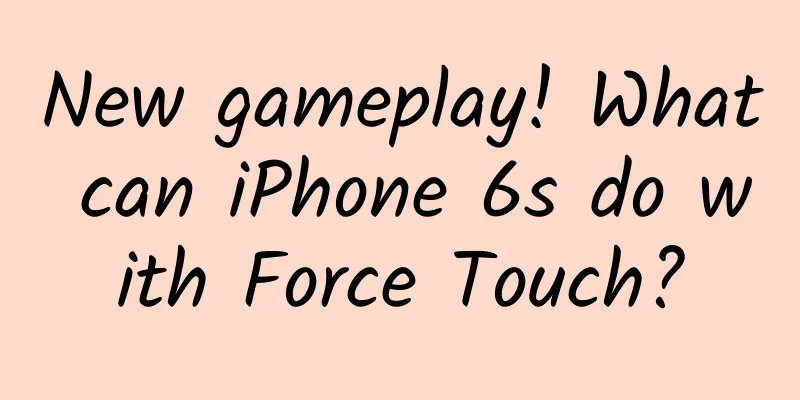iOS Development: Swift Calls Objective-C Code

|
Recently, the new iOS programming language Swift has received a lot of attention in the iOS development circle, and there are many tutorials and small examples both at home and abroad. Although the Swift language is still evolving and the changes are still relatively large, and Apple does not promise that the currently written code will be compatible in the future, it still cannot stop the enthusiasm of iOS developers. Why use Swift to call Objective-C code? Currently, apps written in Swift can only be submitted using Xcode 6 GM, while Objective-C has been Apple's main development language for many years. Currently, there is no mature Swift library available, so currently writing apps can basically be done by calling Objective-C code. How to call Objective-C code The solution currently provided by Apple is to use a Bridging-Header header file to reference the header file of the Objective-C code to be used. The header file name format automatically generated by Xcode will be in the form of project name-Bridging-Header.h. However, this file name format is not required and you can define it freely. Xcode automatically generates solutions When you create a new Swift project, it will not automatically generate a header file for calling Objective-C. However, you can create a new Objective-C file in the project. At this time, Xcode will prompt you whether to generate a corresponding header file for Swift to call. Select yes , and a header file in the format mentioned above will be automatically generated. You can delete the newly created empty Objective-C file and only keep this header file. Custom solutions If you choose to cancel in the previous step, there will be no prompt for creating new Objective-C files in the future. Or you want to customize a file name instead of using the one generated by Xcode. Select Create a Header file, and the file name can be anything you want. For example, it can be Hello.h
In this way, you can use the corresponding header file to reference the Objective-C code. Original source: http://my.oschina.net/dmdgeeker/blog/318356 |
>>: See what programmers are reading in September
Recommend
This is how you write copy with a good conversion rate!
These are the problems that have always troubled ...
Carelessness leads to failure: Lee Sedol loses in first round of man vs. machine match
Who would have thought that the first round of th...
Tencent's $350 million investment in Kuaishou is the beginning of the post-BAT era
On March 23, the popular short video and live str...
APP promotion: How to quickly be seen by more users after the product is launched!
Developing an APP is actually not difficult. The ...
APP promotion: How to acquire users through cold start?
Acquiring users is the beginning of achieving use...
Focus on the defense of small stars! How strong is the "Chinese compound eye"?
On February 14, the second phase of the "Chi...
What time period should I choose to use Twitter to promote mobile games in Japan?
Some time ago, advertisements for BMW, vivo, Coke...
What are the things to note when submitting promotional materials for 360 advertising, and how long does it take for creative review?
How long does a creative review take? In order to...
A 2-year-old child died after accidentally ingesting a diet pill containing sibutramine!
Recently, the news that a 2-year-old child died a...
Hackers attacked Sony and Blizzard crazily: finally caught by FBI
Everyone must remember the bad behavior of the ha...
Have your teeth ever been soured?
Since the beginning of autumn, the heat has gradu...
How can operations move from the extensive stage to the refined stage?
Last week I went to Didi and was invited to talk a...
When will the Shanghai epidemic end in 2022? When exactly did it start? Attached the latest news
The number of confirmed cases in this round of loc...
Was it hot in the summer in ancient times? How did the ancients beat the heat?
The Fushan County Chronicles recorded the extreme...
IQ tax high incidence area! Don't choose true wireless earphones randomly, even the quality of the same price can vary a lot
Since the iPhone removed the headphone jack in 20...









